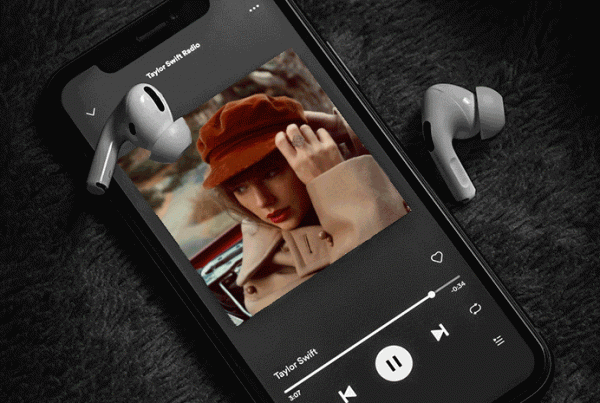
When was the last time you felt emotionally connected to an online payments system? So much so that you were willing to post about it on social media or start a fan group to share how much you love it?
It’s almost a laughable suggestion. I can’t imagine joining a ‘We love PayPal’ group, or ‘I love my credit card group’ anytime in the foreseeable future but check back with me on that one, anything’s possible.
So it’s pretty amazing that AfterPay, an online payments system that allows you to pay in four fortnightly installments, has a 100,000-strong fan group on Facebook that post constantly about their interactions with the brand. And AfterPay didn’t create it themselves, it was created by a group of fans who love the product.
The ability to connect emotionally with your customers should be at the forefront of your marketing goals. Research has found that an emotional connection with a brand actually trumps customer satisfaction. That means that even if you have your end-to-end customer experience perfected, you may still be losing market share to your competitors if they’re connecting better on an emotional level.
We see it a lot in fashion when consumers, especially female, will actually state they’ve ‘fallen in love’ with a brand (or a dress). No customer experience barrier will come in the way of a girl on a mission to get a dress for which she’s developed feelings (I should write a blog about how to avoid drooling in a Gorman store).
But what about insurance brokers? Tiling services? Toilet cleaning products? They’re not sexy, so how can they connect? Harvard researchers say that marketers should be using emotional motivators such as a desire to feel a sense of belonging, to succeed in life, or to feel secure, to create an emotional connection with their audience. See an incredibly good example here from, of all brands, window-cleaning product Windex.
AfterPay has certainly nailed the connection, and there’s a few things we can learn from the brand. Let’s have a look.
Customer-centric product
AfterPay’s solution to its customers problems is at the core of its service offering. Through the online payment system, customers can purchase a product, receive it up-front and pay it off over two months. This has never been available for fashion retail. The founders have found a gap between going in debt for a product versus not getting it at all and they’ve hit the nail on the head. They know that their customer doesn’t want to use their credit card to buy small ticket items like fashion, so they’ve given them a means to purchase it with their own cash.
*the audience applauds*
Epic user experience
The AfterPay check-out couldn’t be easier to use. And through constant learning and feedback AfterPay found the perfect formula for payment dates (most people are paid fortnightly), and user experience. The messaging around what the product is and how to use it is also crucial, but that’s perfect too:
“Buy what you want today, pay for it over four equal fortnightly instalments. Use your debit or credit card, get approved instantly.”
And that simple tone of voice and messaging is carried through their site and other touch points with the customer.
An emotional touch point
AfterPay uses at least two high-impact motivators to emotionally connect with customers. One is by allowing a sense of freedom – providing the cash to get the product, and the other is providing the means to feel the sense of thrill.
When you buy something, you feel good. It’s science. So AfterPay has used this method of instant gratification to create an emotional bond with its customers. It’s certainly a recipe for success. So, how can you do this in your business?
We can’t all be AfterPay, but we can all provide value
AfterPay’s approach of solving its customers problem is enough to create loyal fans and brand advocates, but if you have competition in your market, you may need to do more to stand out. This is where you have the opportunity to create something of value for your customer so that you have trust and loyalty over your competitors.
It may be a utility content library around a specific niche in your industry, it may be research reports, it may be cooking or knitting tutorials. Whatever it is, add value first. Value means not selling. It’s free education or entertainment in an area related to your product that keeps your potential customers coming back to your website, creating a relationship with your brand.





